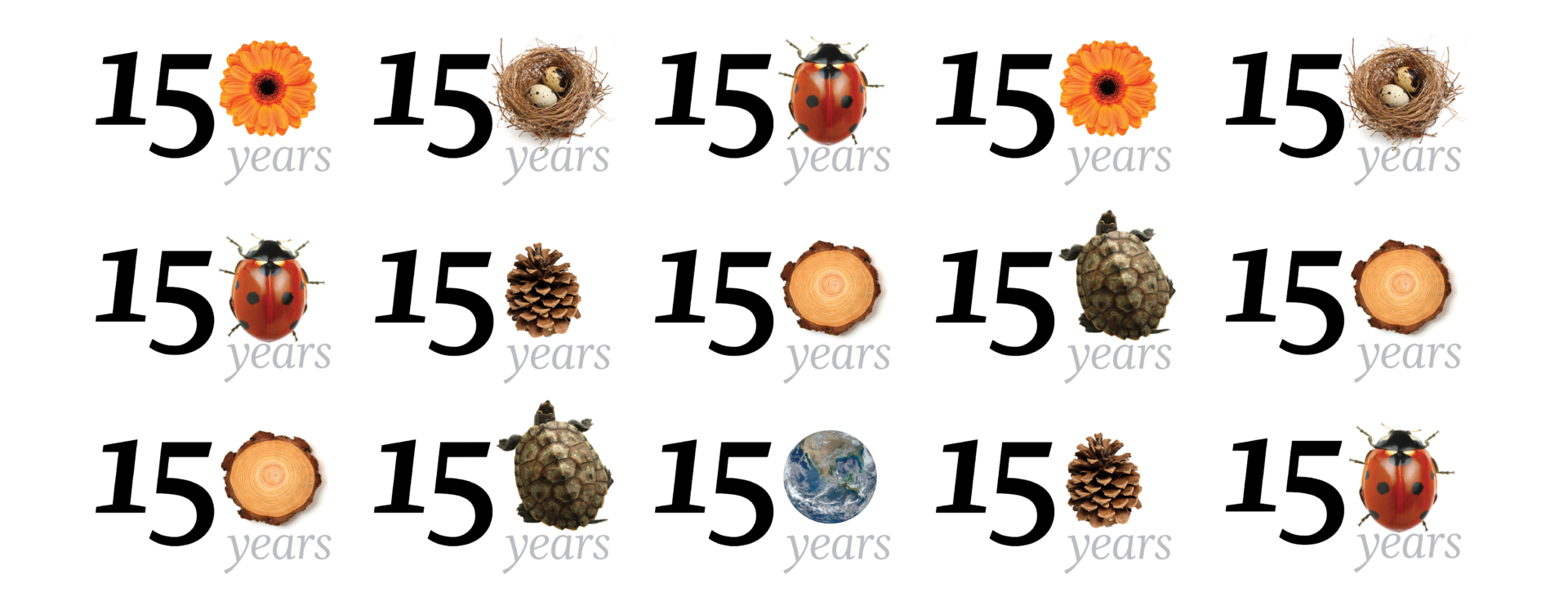
Celebrating the Bell’s 150th Anniversary
It's our 150th anniversary! Here are 10 things to know about where we've been and where we're going!
Published12/29/2021 , by Emily Dzieweczynski
At the Bell, we believe that understanding the past can shape the future.
2022 marks our 150th anniversary. As we enter this year, we celebrate the ways in which the ideas, curiosity, and care for the natural world that the Bell Museum was founded upon influence where we are today.
Looking at these stories, threads begin to emerge. The Bell’s early innovations in education and dedication to statewide outreach laid the groundwork for the exceptional programs we have today. The ambitious scientific research that drove the Bell to be a world-renowned institution continues and is supported by our extensive collections and thoughtful curators and students. The Bell’s dedication to understanding ecology—to understanding how all things connect—is still a cornerstone of our mission.
As these stories shape who we are going into the future, they also reveal the ways in which we have evolved and grown. With a renewed commitment to diversity, equity, and inclusion, the Bell strives to be a museum for the 21st century—one built with intention, integrity, and care.
With an understanding of the past and present, we look toward the future. This year we’re excited to share with you a number of events that illuminate where the Bell has been and where we intend to go next. Our new exhibition Seeing Birds, on view January 28, bridges past and current research at the University of Minnesota to see how advances in our understanding of birds are made through careful observation, artistic exploration, and scientific endeavor. February 4–6, in our fourth annual astronomy festival, Space Fest, we will explore the future of space exploration. These are just to name a few—we have much more in store. Learn more at: z.umn.edu/bell-150
We look forward to celebrating with you all this year and laying the foundation for another 150 years of the Bell Museum.
To kick-off our celebration, here are 10 things to know about where the Bell Museum has been and where we’re going!
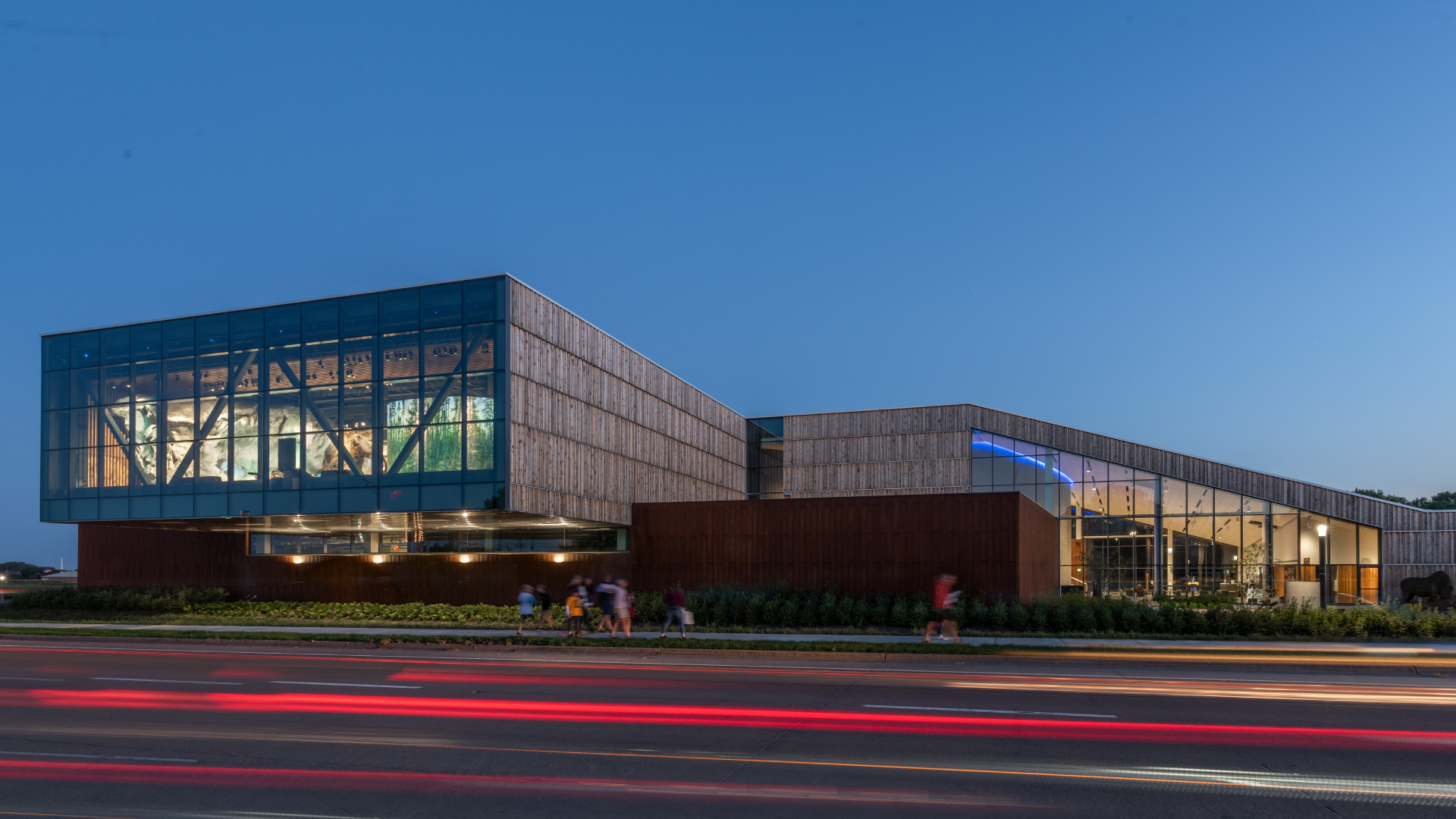
1. The Bell was established in 1872 as a part of the University of Minnesota and through the Geological and Natural History Survey created by the state legislature. The first building dedicated solely to the museum was opened in 1940 on the Minneapolis campus on Church Street. In 2018, the Bell moved to the St. Paul campus to house both the museum and Minnesota’s only dedicated public planetarium in the same place. With a renewed commitment to environmental stewardship and sustainability, the new building features fixtures such as bird-friendly glass and materials sourced from Minnesota.
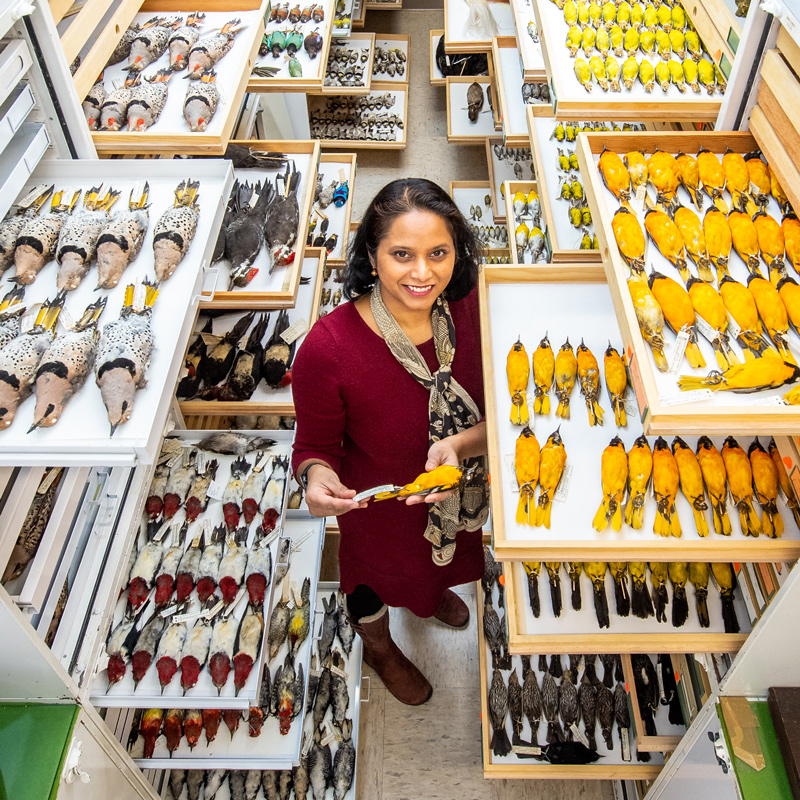
2. The Bell houses extensive research collections—more than 1.2 million specimens—representing both Minnesota and global biodiversity. These collections are used by students and scientists worldwide to understand natural history and our changing world.

3. The Touch & See Lab was established in 1968. It offered a unique, experiential, and curiosity-driven learning opportunity that many museums had yet to offer—making it the first of its kind in the nation among natural history museums.
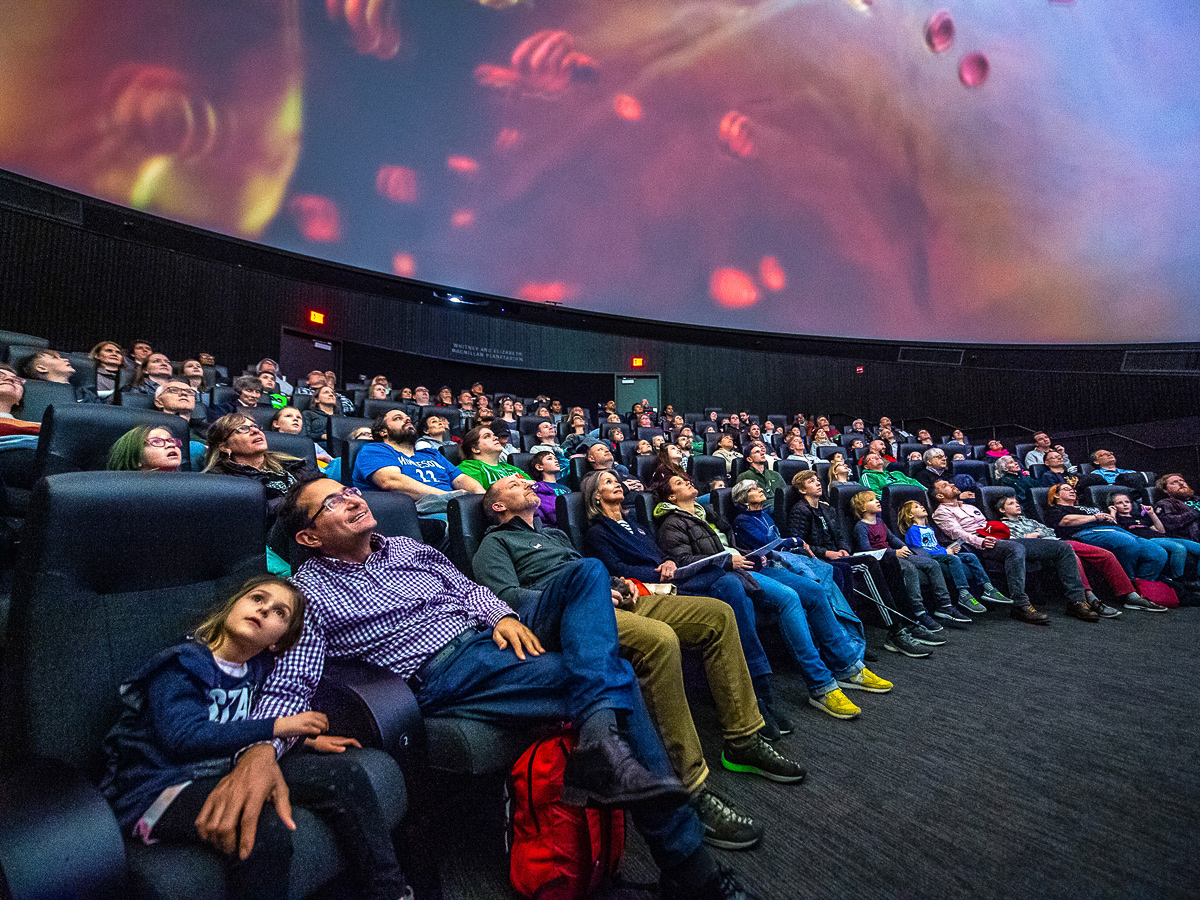
4. When the Bell and the Minnesota Planetarium Society integrated their programming and operations in 2011, the Bell broadened its view of the natural world to include astronomy and space science. With several shows per day, many of which are Bell original productions, the new Whitney and Elizabeth MacMillan Planetarium affords visitors an opportunity to have dynamic experiences with the cosmos—without leaving your seat.

5. We are the state’s official natural history museum! While we are based in St. Paul, we aim to have a statewide reach with our programs and initiatives, such as the Statewide Star Party, Science & Nature Kits, the Exploradome, virtual and K-12 programs, and the Minnesota Biodiversity Atlas.

6. The Bell welcomes all visitors so everyone can explore and discover the natural world. We offer discounted Curiosity memberships, Explore admissions for visitors with financial barriers, and waived admission for all Indigenous peoples.

7. The Bell’s Learning Landscape is always free, open to the public, and is home to native Minnesota plants and wildlife.

8. Our dioramas are examples of our dedication to art, nature, and conservation. Each one depicts a location in Minnesota and highlights ecological relationships by showing not only the plants and animals found in that location but also their interactions. Many of the backdrops were painted by the famous natural history painter Francis Lee Jacques.

9. The Bell is proud to be part of the University of Minnesota! Many of our staff members are students from the university. All University of Minnesota students receive free general admission and half-priced planetarium tickets.
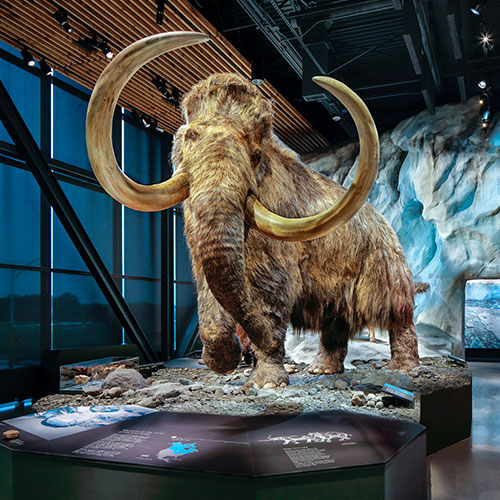
10. Last, and certainly not least, the Bell is home to a life-size diorama that includes a model woolly mammoth and giant beaver!
Thank you to our 150th anniversary sponsors


